Technological Innovations in Testing
Technological advancements are playing a pivotal role in the Warfarin Sensitivity Test Market. Innovations in genetic testing technologies, such as next-generation sequencing and polymerase chain reaction, have enhanced the accuracy and efficiency of Warfarin sensitivity assessments. These advancements allow for quicker turnaround times and more comprehensive genetic profiling, which can lead to better-informed treatment decisions. The market is witnessing a surge in the development of point-of-care testing devices, which facilitate immediate results and improve patient management. As these technologies become more accessible, the Warfarin Sensitivity Test Market is expected to expand, catering to a broader patient population and enhancing the overall quality of care.
Regulatory Support for Genetic Testing
Regulatory bodies are increasingly recognizing the importance of genetic testing in the Warfarin Sensitivity Test Market. Guidelines and recommendations from health authorities are evolving to support the integration of genetic testing into routine clinical practice. This regulatory backing is likely to enhance the credibility and acceptance of Warfarin sensitivity tests among healthcare providers. As regulations become more favorable, the market may witness an influx of new testing products and services, further driving competition and innovation. The alignment of regulatory frameworks with advancements in genetic testing could potentially lead to a more robust Warfarin Sensitivity Test Market, ultimately benefiting patient care and treatment outcomes.
Increasing Awareness of Genetic Testing
There is a growing awareness regarding the benefits of genetic testing within the Warfarin Sensitivity Test Market. Healthcare professionals and patients alike are becoming more informed about the implications of genetic variations on Warfarin metabolism. This heightened awareness is likely to drive demand for sensitivity testing, as patients seek to understand their genetic predispositions to adverse drug reactions. Educational initiatives and campaigns aimed at promoting genetic testing are contributing to this trend. As a result, the Warfarin Sensitivity Test Market may see an increase in testing rates, leading to improved patient safety and more effective anticoagulation management.
Rising Demand for Personalized Medicine
The Warfarin Sensitivity Test Market is experiencing a notable increase in demand for personalized medicine. This trend is driven by the growing recognition of the importance of individualized treatment plans, particularly in anticoagulation therapy. As healthcare providers seek to optimize patient outcomes, the ability to tailor Warfarin dosages based on genetic factors becomes increasingly critical. Reports indicate that the market for personalized medicine is projected to reach substantial figures, with estimates suggesting a compound annual growth rate of over 10% in the coming years. This shift towards personalized approaches in medicine is likely to bolster the Warfarin Sensitivity Test Market, as more patients are screened for genetic variations that affect drug metabolism.
Rising Incidence of Thromboembolic Disorders
The Warfarin Sensitivity Test Market is significantly influenced by the rising incidence of thromboembolic disorders, such as deep vein thrombosis and pulmonary embolism. As the prevalence of these conditions increases, the need for effective anticoagulation therapy becomes paramount. Warfarin remains a widely prescribed anticoagulant, necessitating the use of sensitivity testing to mitigate risks associated with its use. Data suggests that the incidence of thromboembolic events is on the rise, prompting healthcare providers to adopt more rigorous testing protocols. This trend is likely to drive growth in the Warfarin Sensitivity Test Market, as clinicians seek to ensure optimal dosing and minimize adverse effects for their patients.


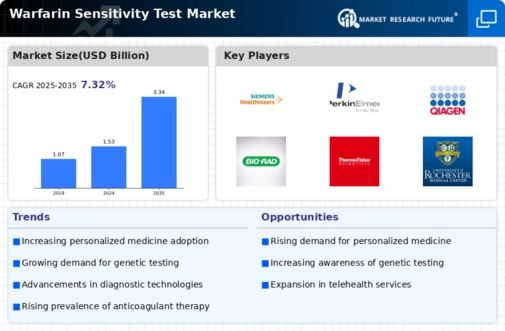
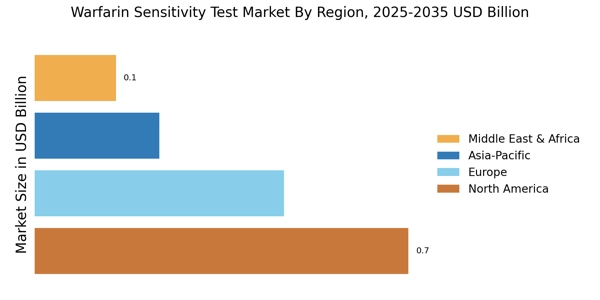
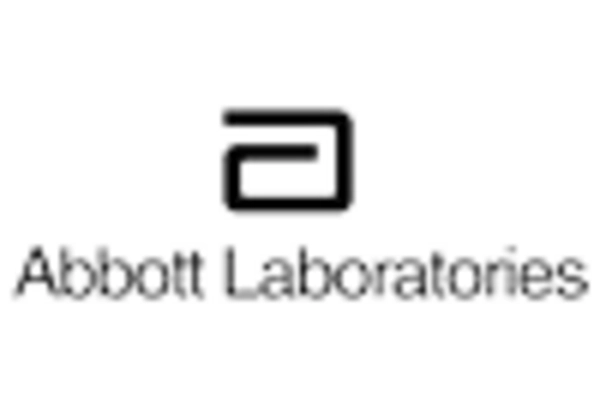
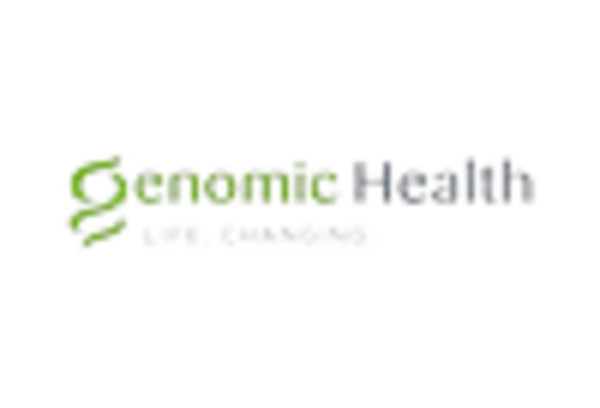
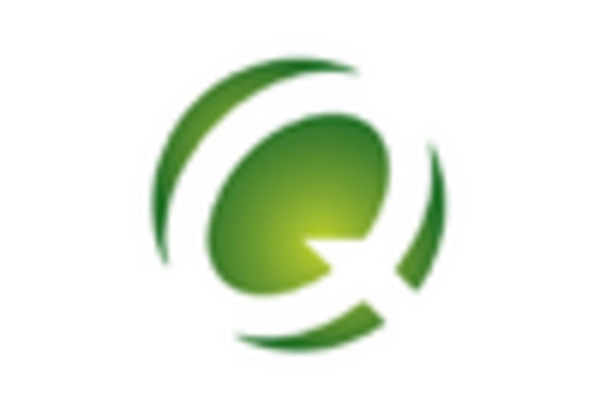











Leave a Comment